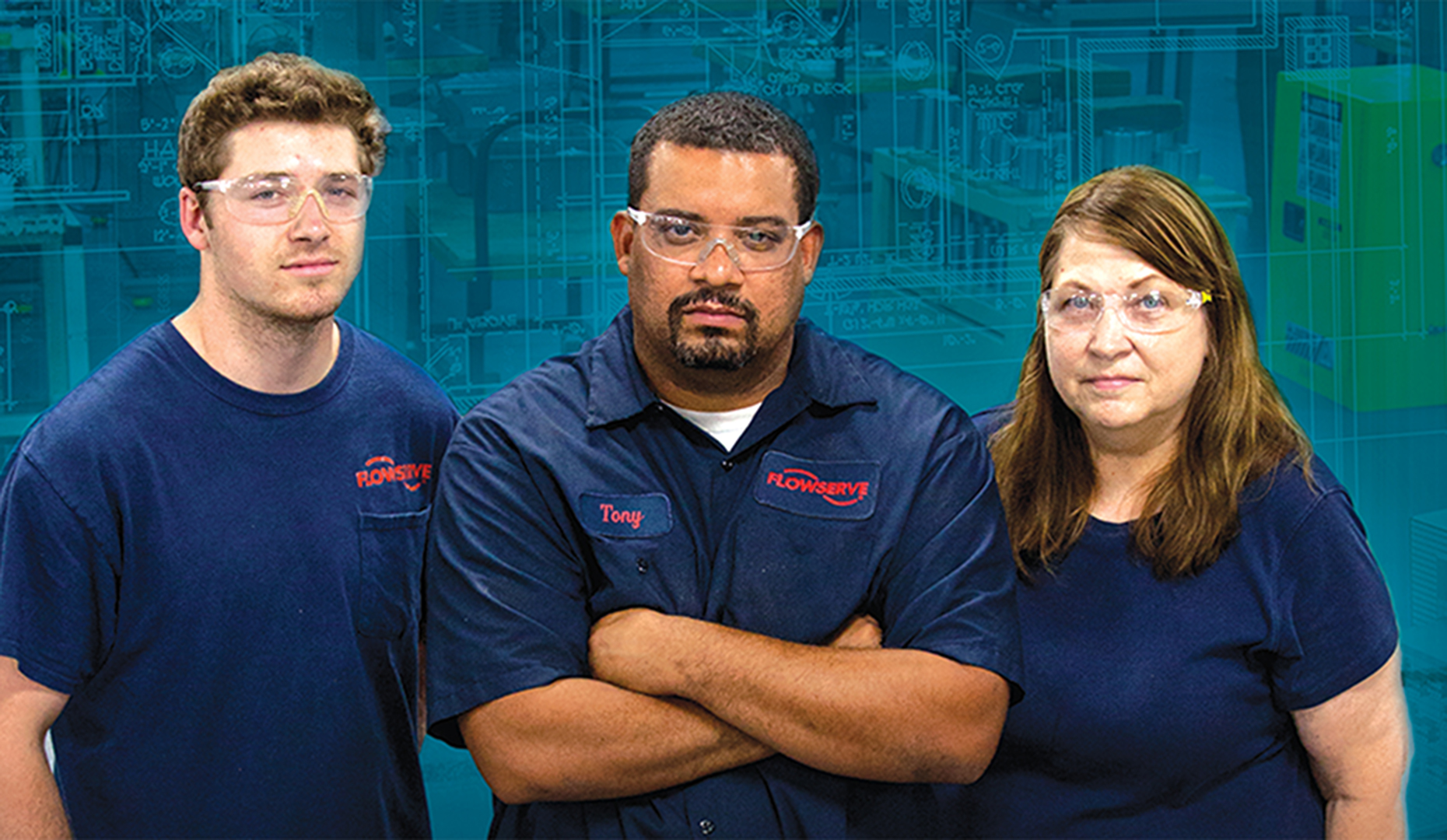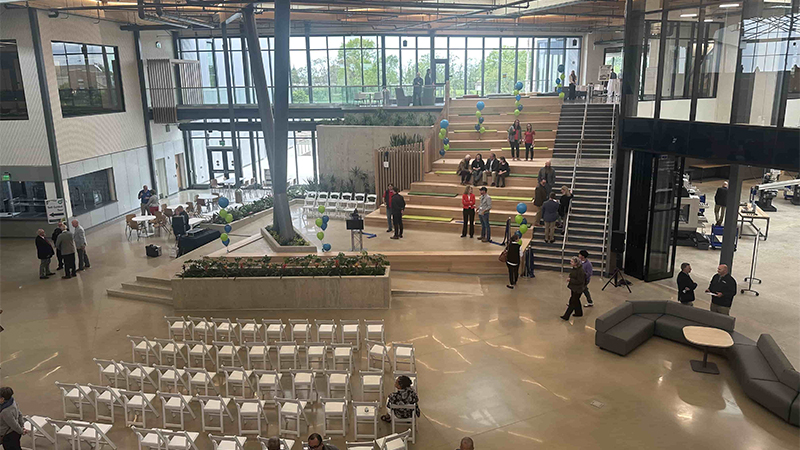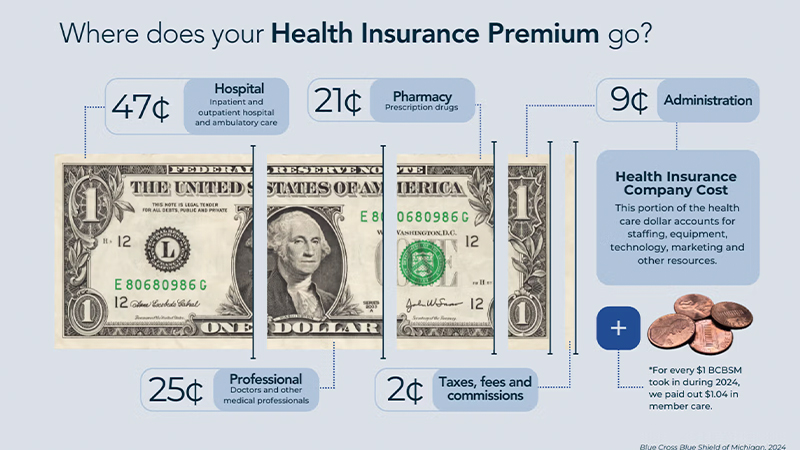If there is a blueprint for economic growth, a look at trend-setting regions around the nation tells us this: talent, education, and quality of life are key drivers.
In that respect, the news is both encouraging and cautionary for Southwest Michigan.
Among peer regions, Southwest Michigan has fewer high school dropouts than most—but it also has too many with some college education, but no degree. That can be problematic for employers seeking the best talent.
Southwest Michigan also faces the challenge of the state itself: a disinvestment in higher education over a decade or more. That leaves Michigan, and its individual regions, at a disadvantage next to states like Minnesota, which puts more into higher education and has a greater share of college graduates than Michigan.
The region could also take a cue from Austin, Omaha, and Minneapolis-St. Paul—regions where downtown investment, high-tech growth, and a Millennial-friendly culture fuel economic progress.
Despite being a region with a relatively low cost of living, Southwest Michigan lags most comparative regions in household income. While that makes it easier to live on lower wages, it is also a reflection of a wage scale with plenty of room at the top.
Talent Drives Development
Talent. The word used to relate to entertainment and the competitive landscapes of sports. Today, talent is a key to regional economic growth, jobs, and prosperity.
Traditionally, companies decided where to do business based on access to raw materials and markets. Today, firms increasingly choose locations based on the availability of the brain power they need.
“Half of corporate real estate executives opting to relocate are doing so in a strategic hunt for talented skillsets required by ever-changing business needs,” CBRE, the world’s largest commercial real estate services firm, said in publishing a March 2016 North American survey of corporate real estate executives. “With skilled labor shortages trumping most other challenges for a majority of organizations, developing strategic methods to attract and retain top talent across the organization is emerging as a top priority for sophisticated corporate real estate executives.”
This global quest for brain power leaves regions like Southwest Michigan with the challenge to produce the workforce of the future if they want to grow and prosper. And, there is considerable evidence that other regions are developing dynamic, high-quality-workforce-driven economies at a faster pace.
In terms of current regional workforce talent, Southwest Michigan has both strengths and weaknesses. Consider four specific segments of the region’s adult population:
High School Dropouts: Adults without a high school diploma represent the biggest talent challenge in any region due to shortcomings in skills, employability, and attractiveness to employers. In this regard, Southwest Michigan ranks second best among a set of comparison regions.
Some College, No Degree: This percentage of adults who have attended college without graduating represent both strength and weakness. Student loan debt without degrees is a drag on talent growth and prosperity. But if regions can develop strategies to see more such students through to graduation, it increases talent levels and prosperity. Thirty percent of the Southwest Michigan’s adults have some college, but no degree—the highest ratio among comparison regions.
Young College Grads: Sought after by employers, new college grads, typically aged 18 to 24, are the seed corn for regional economies—if they stay in the region. In this regard, Southwest Michigan ranks fifth-best among comparison regions in the ratio of young college graduates. But does the region have enough of them? And do enough of them have strong proficiencies in science, technology, engineering, and math to drive regional innovation?
Older College Grads: Workers, aged 45 and above with a bachelor’s degree or more, are a region’s veteran talent. In many cases, they provide key management talent and experience and work in higher-paying jobs. As they age, they represent both threat and opportunity. There is threat if firms have trouble replacing their talent level. There is opportunity if firms can grow talent from younger sectors of workers to replace the retiring generation. In this regard, Southwest Michigan ranks middle of the pack among comparison regions.
Other Regions Are Winning the Battle for Talent
With more college graduates, more Millennials, and faster economic growth, regions like Minneapolis-St. Paul, Austin, and Omaha are, arguably, the envy of Southwest Michigan.
Minneapolis-St. Paul is one of only three large metros in the country where at least half the homes are within reach for young middle class families. The region also ranks high for mobility, high proportion of college graduates, and strong public services delivery and stability maintained through regional tax policies. Investment in the core Twin Cities and state tax and investment policy that allocates about 36 percent more per capita for higher education than Michigan have paid off. For example, Minneapolis has a higher proportion of its residents with a four-year degree than its suburbs.
From 2009 to 2013, the Minneapolis-St. Paul region posted a gain of nearly 13 percent in gross domestic product. One-third of the region’s jobs pay more than $50,000—compared to 20 percent in Southwest Michigan.
“The economy has changed,” said Lou Glazer, president of Michigan Future, Inc., a non-profit research organization. “Knowledge-based economies are doing the best. What Minnesota has done that Michigan hasn’t done for the past 30 years is it has invested in education and in the kind of communities that people want to live in when they graduate from college.”
In Texas, much of the prosperity of the greater Austin region is powered by the city itself—home both to the state capital and to the University of Texas, a major research institution. In 2013, its economy was first among 102 cities for growth. From 2008 through 2013, Austin posted wage growth of nearly 15 percent. Its five-year jobs growth was just under 11 percent. Its population, now approaching one million residents, has grown by nearly 40 percent since 2000.
Home to Dell Inc. and sometimes known as Silicon Hills, Austin is a burgeoning technology hub, with young tech workers drawn to the city’s notable music scene and nightlife. The Austin Technology Council forecasts that 9,000 new technology jobs will emerge by 2017. Forbes in 2014 ranked Austin second in the nation for future jobs growth. The tech segment is nurtured by a web of incubators, including the Austin Technology Incubator at the University of Texas. Since its founding in 1989, it has helped launch 200 companies and raised $1 billion in investment capital.
Omaha is moving forward thanks to downtown investment and a growing reputation as a friendly home to Millennials and business startups. Its gross domestic product (GDP) grew by nearly 14 percent from 2009 to 2013, while it averaged 34.8 percent of jobs growth from new business from 2004 to 2013. More than 23 percent of its jobs paid more than $50,000.
In 2015, OnlineColleges.com ranked Omaha as the second-best city for college Millennials, behind only Austin. The rankings were based on wage and employment rates, the ratio of young professionals, in-state tuition costs, average commute time, and other factors. Low cost of living and a broad talent pool led CNN to rank Omaha third in its list of “Ten Best Cities to Launch a Startup.” Omaha’s Millennial population is growing and nearly 40 percent of those aged 25 to 34 have college degrees.
Adapting to Southwest Michigan’s Particular Workforce Environment
But not all good jobs demand fancy college degrees.
Michigan has about 100,000 unfilled jobs, many in skilled trades, advanced manufacturing, and construction where no four-year degree is required. That’s important in Southwest Michigan, where goods producing and manufacturing are the second and third largest economic sectors. And, Southwest Michigan has a good proportion of those job openings: as of August 2016, there were upwards of 10,000 available jobs in the region according to the Pure Michigan Talent Connect website.
Mindful of ongoing shortages of candidates in entry level and advanced manufacturing jobs, dozens of Southwest Michigan companies joined in 2011 with Kalamazoo Valley Community College (KVCC) to form the Advanced Manufacturing Career Consortium. KVCC launched programs for advanced manufacturing and for computer numerical control (CNC) operation. A CNC operator mounts cutting tools and fixtures to CNC machines and sets machine parameters for the machining process.
As unemployment increased in the post-Great Recession recovery, manufacturers looked to upgrade the training of existing employees in more targeted skill sets rather than complete certifications. KVCC’s Groves Center responded by offering training in specific modules requested by employers.
“It was all employer-driven,” said Trish Schroeder, director of corporate training for KVCC.
As firms increasingly weigh talent availability in site selection decisions, CBRE research suggests many look particularly for strong educational attainment presence of talented Millennials. And, as the Brookings Institution has noted in its work as part of the Bass Initiative, the innovation sectors of the American economy have an out-sized impact on overall economic growth.
In 2013, local manufacturers also started to drive a better foundation in STEM (science, technology, engineering, and math) concepts, with a hands-on learning approach directed at students in grades 6 through 12 in Kalamazoo County schools. As part of the program, engineers and skilled trades workers visit classrooms to introduce students to the real-world job prospects in their fields. Whether or not students pursue college degrees, STEM is important in many fields today, though STEM proficiency lags in many regions nationally. Southwest Michigan high school students rank slightly above statewide averages in STEM skills as measured by the 11th grade ACT test. Still, less than a third are fully proficient.
Soft skills are also important. In the Benton Harbor area, a new Leadership Accelerator is engaging 27 leaders across a spectrum of sectors including the business community, education, and public service. It has support from community leaders within the United Way, Lake Michigan College, the Berrien Community Foundation, Cornerstone Chamber of Commerce, the Upton Foundation, and Kinexus—a local business, community, and workforce development organization. Its intensive training sessions are focused on developing personal leadership, team building, and ways to inspire change to catalyze community growth.
“It’s probably exceeded our expectations,” said Norma Tirado, a Leadership Accelerator co-chair and a vice president at Lakeland Health, adding that a new session is filling quickly. “The participants of the groups are getting a lot out of it. It’s just really helping them engage in what is happening in our community. It’s had a personal impact on each and every one of them.”
How Innovative Southwest Michigan Firms Attract and Retain Talent
“If you can get people using their strengths, that would make a big contribution to bringing cities and regions back,” said Jim Clifton, chairman and CEO of Gallup and author of The Coming Jobs War. “Some companies can maximize an individual’s talent twice as well as another company. If you can maximize the talent in a community twice as well, that would be a big advantage.”
Given that assessment, it is encouraging to find exemplars of innovative talent development in Southwest Michigan firms and schools, which could be a portent of stronger growth in years to come.
At the KVCC Success Center, students tap into in layered and customized talent improvement tools designed to help them find and develop their strength and match that to the work place. Piloted in 2007, its foundation is a 177-question test administered early in school to gauge their strengths and interests. Students link to a comprehensive web site with portals to help them further grow and apply their talent. They are supported along the way by counselors and advisers to guide their journey through school toward the work place.
Household Income as a Barometer of Prosperity
Economists generally stress that the health of household income in a region is largely a reflection of the type of jobs the region supports, the education status of its talent pool, and the demand for professional talent. The law of supply and demand tells us that multiple employers competing for the best software engineers are likely to drive up the compensation for those workers, for example.
Southwest Michigan trails most peer regions in recent household income trends—and remains well behind the leadings. But Southwest Michigan’s recent growth in household income has outpaced all comparative regions.
For a deeper look, we challenged the assumption that Southwest Michigan workers might still be “better off” if they benefitted from a lower cost of living than other regions. Yet, after adjusting for cost of living differences, average household income in Southwest Michigan trails all other comparison regions except Springfield, Missouri.
What’s This Region’s Distinctive Value Proposition?
If Southwest Michigan is to succeed in the global two-way churn to attract, retain, and grow major employers and other jobs-producing enterprises, the region must succeed in the attraction, retention, and growth of talent.
And as the region works to improve its talent base, Southwest Michigan would do well to continually identify and market the region’s distinctive and competitive assets and differentiating strengths beyond talent.
“It’s engineering, the professional services, those are the areas where the higher-paying jobs are going to be concentrated,” said Kurt Metzger, the mayor of Pleasant Ridge, Michigan and one of state’s foremost demographic experts. “With an associate’s degree and certificates you are going to get a living wage. You need specialized skills to move up the income ladder.”
However, Southwest Michigan still loses too many college graduates to other states, in part because the region doesn’t currently have enough professional jobs to support all those who graduate. That’s reflected in the state as a whole, which lost an average of 19,000 college graduates a year to other states over a five-year period ending in 2013.
Going forward, Metzger said, “part of the challenge to Southwest Michigan will be how to better compete for talent against larger metropolitan areas that may be particularly attractive to Millennials. For Kalamazoo, Battle Creek and Benton Harbor, the questions are: ‘What is their message? What is their value proposition?’ You can’t just say you want to be an economic powerhouse and snap your fingers. It isn’t that easy.”




